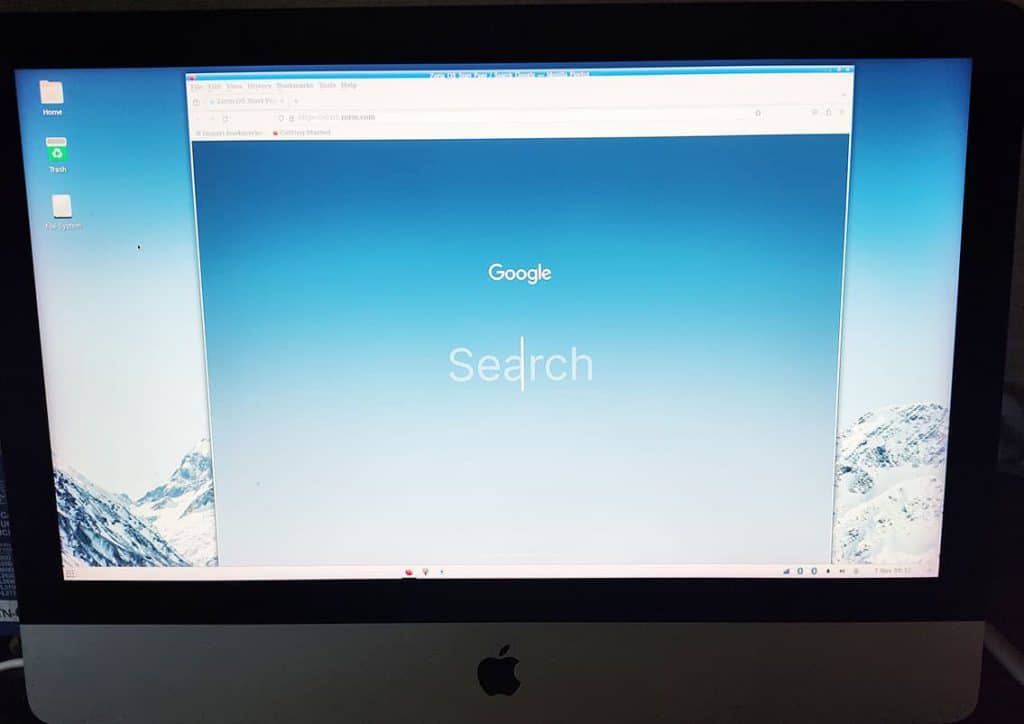So, one of my clients in Asheville had an old iMac©, and the operating system could no longer be upgraded to the newest version. So, we’re ditching the aging Mac OS and installing the Linux distro Zorin OS instead. While Apple hardware and software are nicely integrated, the closed ecosystem can limit functionality and longevity. By switching to the open-source Zorin OS Linux distribution, this old iMac can be repurposed into a capable general-purpose desktop computer.
The process begins by obtaining the Zorin OS installation media, usually a live bootable USB flash drive. After backing up any needed data from the OS, the iMac can then boot from the USB to begin the Linux installation. This involves partitioning the hard drive, formatting a Linux partition, and extracting the Zorin OS files into that partition. An internet connection facilitates installing appropriate drivers and updates during this process.
Installation Of Zorin Was Pure Perfection
Once installation is complete, Zorin OS is the only operating system installed. The Linux environment looks and feels quite different from Mac OS but offers powerful open-source software. A new user may need to adjust to the Linux filesystem hierarchy, package managers, and terminal. However, the GNOME desktop environment included in Zorin OS provides an intuitive graphical interface for primary usage.
Switching to Zorin OS Linux unleashes the iMac’s full capabilities. The system can now run software available on any Linux distribution, including thousands of free, open-source applications that may be updated more regularly than old Mac programs. Linux also facilitates media formats like Blu-Ray, HEVC, and high-quality audio that the outdated Mac OS struggled with.
Moving to Zorin OS Linux dramatically improves the iMac’s security, stability, and performance. Linux has far fewer viruses or malware compared to Mac OS and Windows©. The system can be hardened to repel any malware that exists. Linux systems can also run smoothly for years without slowdowns. And Linux manages memory far more efficiently than Mac OS, allowing decent performance on underpowered hardware. The open-source freedom revives the aging hardware, demonstrating the flexibility and longevity of Linux.

